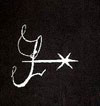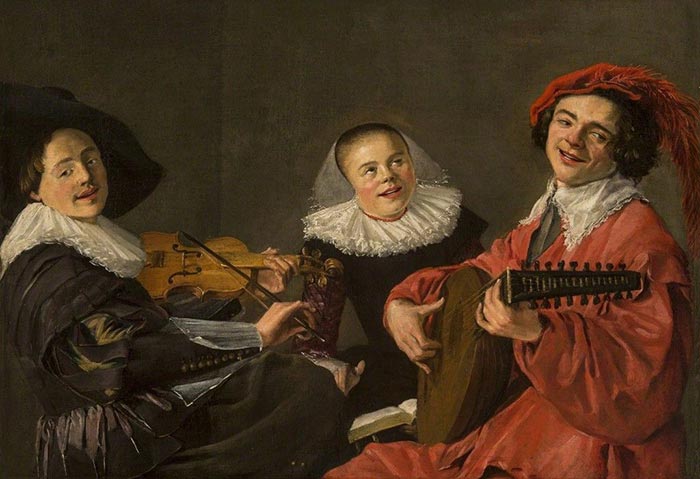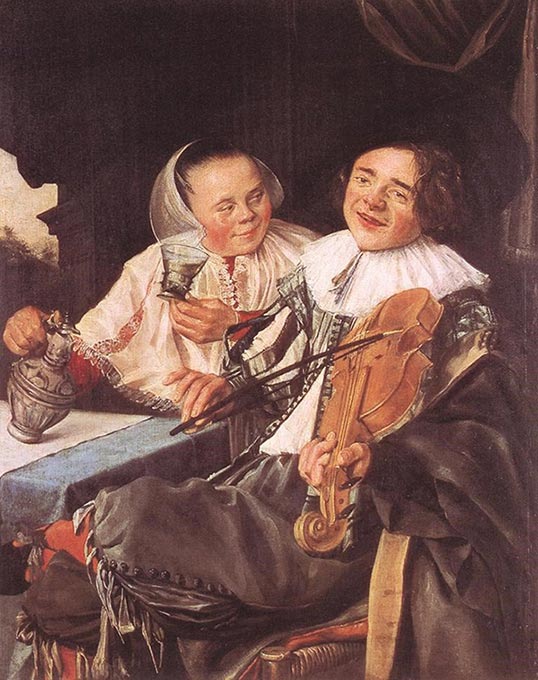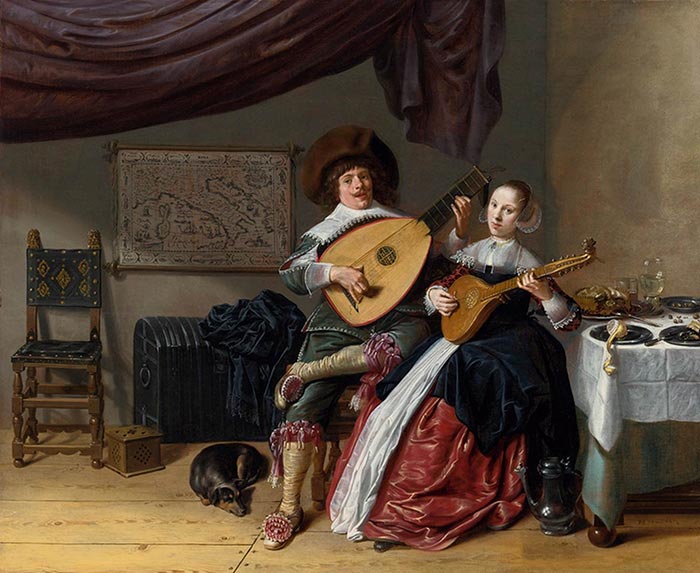Hitting the Lodestar: Judith Leyster
Among the men celebrated as Dutch Master painters in the Age of Rembrandt, one accomplished woman artist cultivated a reputation for innovation, and a "brand" that was uniquely hers.

By Judith Leyster - Selected work 11 of SelfPortrait: Renaissance to Contemporary (Anthony Bond, Joanna Woodall, ISBN 978-1855143579), National Gallery of Art, Washington, DC. Public Domain.
Judith Leyster (1609-1660), a Dutch painter around the time of the famous Rembrandt and Frans Hals, the Old Masters of the Dutch school of painting in the seventeenth century. It was highly unusual for a woman painter to be as successful as she was, back in the day.

Her family name, Leyster in Dutch, means "lodestar" in English. She took the name to convey that she was also a "leading star" among Dutch artists. Her name became her brand, a signature design on her paintings—one that history often overlooked in mistakenly assigning her paintings to the hand of the more famous Dutch Master Frans Hals.
Laugh and the World Laughs with You
Ever think about artists as entertainers? Yup, that is definitely a thing. In the seventeenth century in Holland, in particular, famous portrait artists like Frans Hals and Jan Steen thought of their canvases as a way to inspire a story, creating everyday scenes of merriment and causing viewers to wonder why the subjects of their paintings might be laughing.
Many of Leyster's paintings captured that same joyful spirit. She would typically paint scenes with one or two people in them. Like others of her day, she would paint tavern scenes, with people making music, carousing and generally enjoying themselves. Oftentimes she would paint children playing.
Showing scenes from real life was an artistic innovation in its day. In the art of the Middle Ages and Renaissance, the Catholic Church commissioned scenes from the Bible on canvas or in stained glass windows. Their goal was often to get a point across—to teach some sort of moral lesson—since most people at that time were illiterate. Portraitists would paint the rich-and-famous who commissioned their works—a predecessor to Instagram to preserve the selfies of the elite.
Dutch painters of the 1600s thought of art in a whole different way. They wanted to portray everyday people enjoying life.
By painting joyful subjects that came from her own life experience, Leyster sought to portray the human comedy and, in the case of her famous self-portrait, herself as part of it.

Judith Leyster, The Concert, ca. 1633; Gift of Wallace and Wilhelmina. Holladay National Museum of Women in the Arts. Public Domain.
Joke Was on Her
Judith Leyster's story is all the more remarkable as she was the youngest of eight children whose lives might have been seen as anything but merry. The daughter of a brewer and cloth maker in Haarlem, Holland, her father went bankrupt in 1628. The family moved to the city of Utrecht; it was there that the young artist would have been exposed to the works of major painters like Hendrick ter Brugghen, who mastered the art of light and shadow (playing off the innovations of the much more famous Italian master Caravaggio). The Leyster family later moved to the city of Utrecht, where she would have come under the influence of Dutch master Frans Hals.
Leyster understood that buyers of her works, and those of the other painters of her day, were then in the market for scenes of tavern merriment—a specialty of Frans Hals. It seems that some of her work was even mistakenly attributed to Hals until, in 1892, more than 260 years later, when her famous lodestar insignia was detected on a painting called "The Happy Couple" from 1630, and the painting was then correctly identified as hers.

Judith Leyster, The Carousing Couple 1630. Musée du Louvre, Paris. Public Domain.
Coming into Her Own
By 1633 Leyster was admitted to the Saint Luke's Guild of Haarlem, the first woman known to be admitted to that elite artists' guild, and one of only two admitted in the whole of the seventeenth century. In 1635 Leyster is recorded as having three students, in what was surely another unusual achievement, that a woman would have a school of her own.
Yet almost all of her known works today were painted before the age of 27, when she married fellow artist, Jan Miense Molenaer. After her marriage, busy with five children and helping her husband manage his studio, her own work seems to have tapered off. There is some evidence that they may have collaborated on some works together, after that, although her husband's craftsmanship, by most critics' standards, did not reach the same level as hers.
Art critic Peter Schjeldahl, writing in a 2009 New Yorker review about an exhibition of Leyster's art at Washington’s National Gallery of Art, pointed out that Dutch genius in the seventeenth century would have taken something of a roller coaster ride in a world that was rapidly changing. Success could be difficult to navigate, and even harder to keep going.
Leyster, too, struggled to find an even keel. Critic Schjeldahl noted, "But the life it would have required, that of an independent woman, was unsustainable. In our last glimpse of [Leyster], she plays a dainty cittern in her husband's 'The Duet.'' He, with a huge lute, is proudly ebullient. Her face is a mask of banal contentment. The boldly creative young artist, ripe with promise, has disappeared."

Jan Miense Molenaer, The Duet; Created: circa 1630. Public Domain.
Making Leyster our Lodestar
In seeing this Dutch painter's works as fresh, even today, let us recognize Judith Leyster as our lodestar. Her originality is evidence that women also succeeded as artists, in a time and place four centuries ago when evidence of such success among female master painters has been notably missing.
And let us applaud her example to inspire later artists who have claimed their own independence, both women and men, and celebrate their unique talents and contributions.